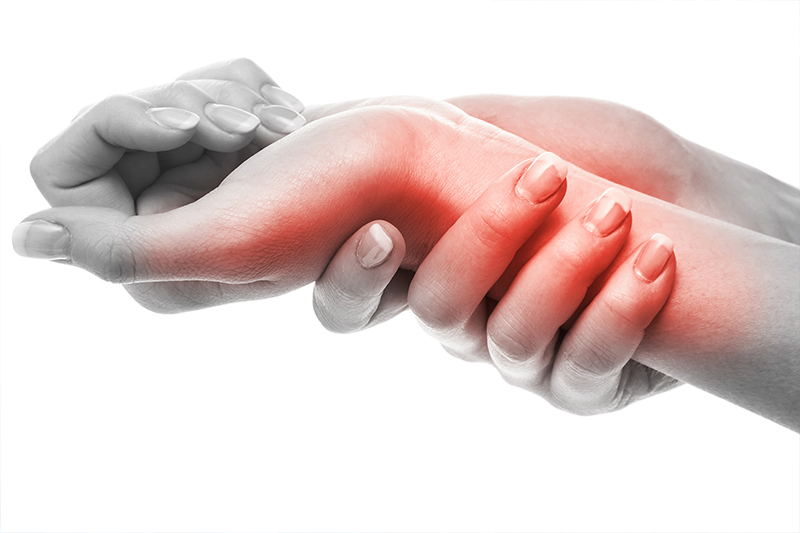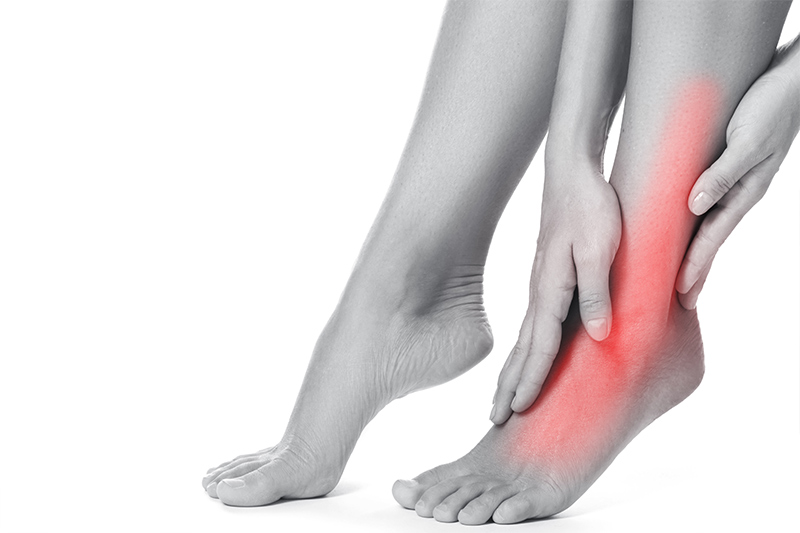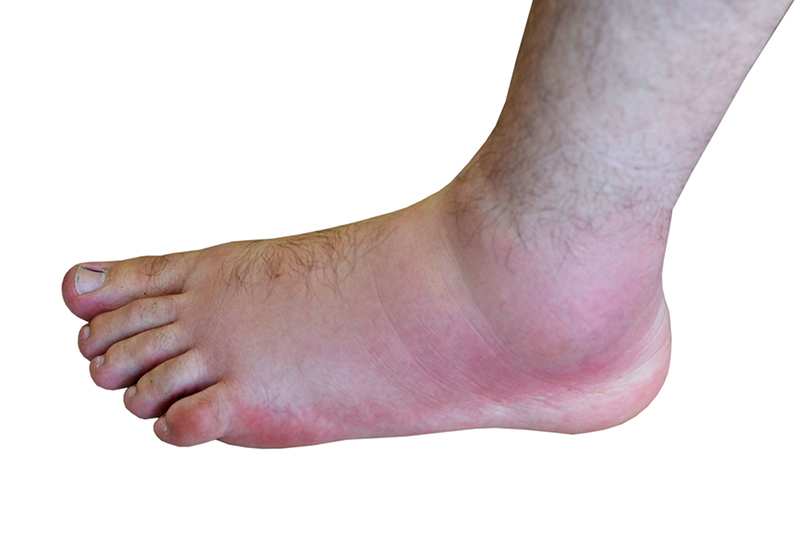Complex Regional Pain Syndrome/ Reflex Sympathetic Dystrophy (CRPS/RSD) in Beverly Hills


CRPS is a chronic and severe pain disorder often characterized by intense pain, hypersensitivity, burning, throbbing, and/or swelling in the affected limb following an injury. The diagnosis of Complex Regional Pain Syndrome is made with specific and validated criteria known as the “Budapest Criteria.”
Budapest Criteria: For Clinical Diagnosis of CRPS

All four of the following criteria must be met in order to make a diagnosis of Complex Regional Pain Syndrome:
- Chronic pain, disproportionate to the inciting event
- Patient reports at least one symptom in at least three out of the four following categories:
- Sensory: hyperesthesia/hyperalgesia (hypersensitivity to stimuli/pain); or allodynia (when a stimulus that normally does not cause pain is painful)
- Vasomotor: asymmetry in temperature (>1 °C); or skin color changes between sides of the body
- Sudomotor/edema: changes in edema (swelling); or changes in sweating
- Motor/trophic: decreased range of motion; motor dysfunction (weakness, tremor, dystonia); or trophic changes (changes in the texture of the hair, nail, or skin in the region)
- At the time of evaluation there must be evidence of one sign in at least two out of the four of the categories in #2, above.
- The signs and symptoms are not better explained by a different diagnosis
There are 2 types of CRPS which are differentiated by the initial trauma or injury.
CRPS Type 1/Reflex Sympathetic Dystrophy (RSD)
CRPS Type 1, also known as RSD, is often trigged by a minor injury (such as an ankle sprain) or a more significant trauma/surgery (such as a knee replacement) that results in disproportionate and unrelenting pain. In CRPS Type 1/RSD, there is no direct nerve injury involved.
CRPS Type 2
In CRPS Type 2, also known as Causalgia, there is an initial injury to a peripheral nerve. This may occur in the context of a surgery or a traumatic injury.
In both Types of CRPS, the painful area or limb may have unexpected abnormalities such as temperature changes, skin color/texture changes, hypersensitivity, weakness or tremors. There are a multitude of factors and systems involved in the development and progression of this debilitating disease and the Ghatan Orthopedic Pain Institute provides the most advanced treatments available.
Treatment of CRPS
Treatment options for both types of CRPS are varied and depend on the severity and duration of the symptoms, though they all attempt to relieve painful systems and restore full function of the affected limb. Common treatments include physical therapy, psychological counseling, medications, spinal cord stimulation, and sympathetic nerve blocks.
At Orthopedic Pain Institute, we will develop a highly specialized plan to treat your individualized needs. Schedule your consultation to learn more about CRPS/RSD and how we can help you.


